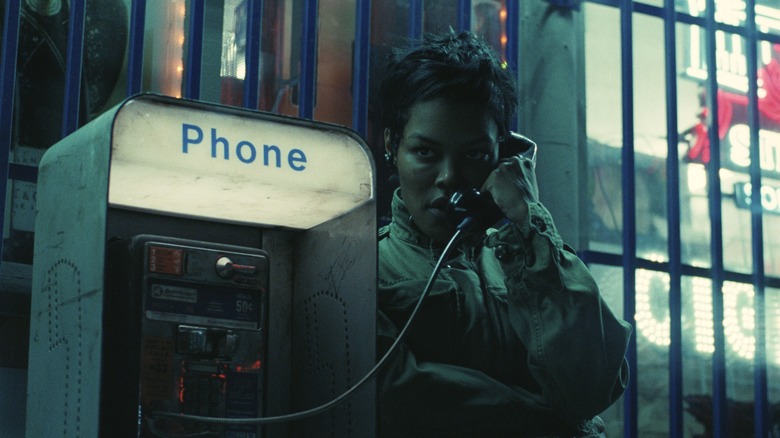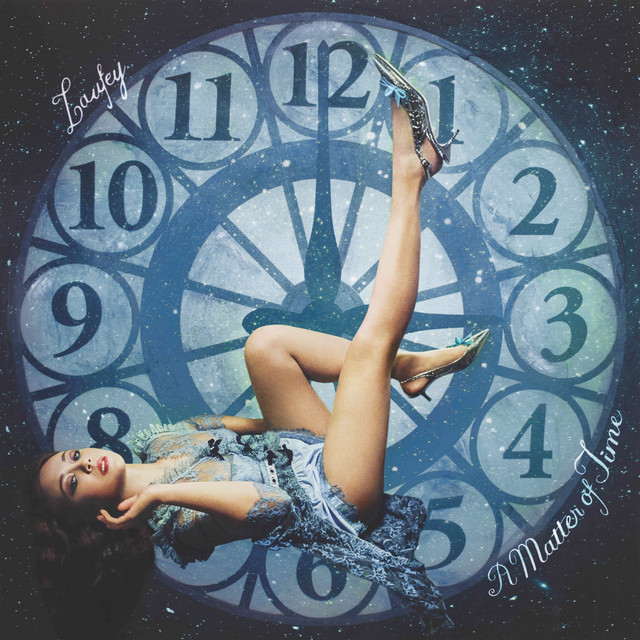Justin Vernon’s musical career has spanned the majority of his adult life and undergone a multitude of changes.
In the chorus of his breakout single, “Skinny Love,” Justin Vernon sorrowfully croons, “And who the hell was I?” The line is, for all intents and purposes, an introspective rhetorical inquiry directed toward the musician’s treatment of his past lover. However, given the expansive nature of Vernon’s musical career and his enigmatic personal life, the question is worth taking out of context and examining literally. Who was Justin Vernon and who is he now?
Perhaps the most rudimentary answer is that Vernon is an American singer-songwriter and multi-instrumentalist best known as the tour de force behind the indie folk band, Bon Iver. Yet, a closer look into his discography will yield a musical catalog littered with involvement in a variety of indie bands as well as collaborations with mainstream pop and hip-hop artists. With such a large cross-genre musical portfolio, it comes as no surprise that Vernon embodies an ever-evolving breadth of musical styles that manages to spill over to his contemporaries and collaborators alike. However, what ultimately distinguishes Vernon from many other talented artists is how the progression of his life, influences, and emotions are all intimately and surreally woven into his musical work.
This relationship is most directly and evidently seen in the discography of Bon Iver, which is arguably Vernon’s most famous and successful musical endeavor. Bon Iver, whose name is derived from the French greeting, bon hiver, has released three critically acclaimed albums. The first, “For Emma, Forever Ago” catapulted Vernon into fame. The second, “Bon Iver, Bon Iver,” proved what he could do with a full band. The third, “22, A Million” saw Vernon completely redraw the sonic landscape expected of him.
The story and mythologization behind the creation of “For Emma, Forever Ago” is the fundamental cornerstone of understanding the story behind the man. Vernon, after being kicked from his band, DeYarmond Edison, enduring a breakup with his girlfriend, and experiencing a myriad of health problems, isolated himself in a rural cabin during the midst of winter and began making music for three months. The product that he came back with was an ethereal, sparse, and bittersweet album that used melodies and simple harmonization to convey feelings of loss and love forlorn. What little vocals Vernon sings in the album are done in a stripped falsetto that imparts a sense of fragility. And thus, this narrative of a broken man withdrawing from the world and returning to it with a sonic masterpiece in hand has become synonymous with the music of Bon Iver.
Yet, it was only four years after the release of Bon Iver’s first album that Vernon firmly supplanted the mythos on its head with the release of “Bon Iver, Bon Iver.” The album marks a stark departure from its predecessor “For Emma, Forever Ago” with Vernon abandoning the image of Bon Iver as a solo project and invoking a fuller instrumental lineup that somewhat borders a pop composition. In addition, “Bon Iver, Bon Iver” is far more thematically and stylistically complex than “For Emma, Forever Ago.” The song titles are callbacks to a diverse range of physical and imaginary locales that possess some metaphorical significance to Vernon. The content of each of those songs, like their respective titles, are also drastically different. Certain songs revolve around a steady beat wrought by percussion while others rely upon extended melodies produced by horns or piano ballads. Yet, in spite of this diversity, the album flows and transitions in an extremely polished manner. If “For Emma, Forever Ago” is a wintery album about things falling apart, “Bon Iver, Bon Iver” is its warmer counterpart about connecting those pieces back again.
Bon Iver’s third album, “22, A Million” remains the furthest departure from its indie folk roots by far. Not only does it take a more existential and metaphysical approach towards one’s psyche, but it also draws from electronic music production to digitally process the sounds of instruments, drowning his falsetto in auto-tune. The result is a glitched, crowded, and highly experimental body of work that pushes musical boundaries. Moreover, Vernon introduces another layer of complexity to the album through its explicit use and reference to numbers and symbols. Numbers like 715, 22, and 33 are scattered across the album art and make up the titles of songs. While the numbers themselves may seem random and obscure, they represent significant markers of places and concepts invoked in the process of Vernon’s struggle with religion and meaning. Still, despite the diverging thematic and musical properties of “22, A Million,” it is that voice, that artificial and synthesized crooning, that has become the defining voice of Bon Iver.
Beyond his own work, Justin Vernon also possesses deep relationships with a wide range of artists and has utilized these relationships to carve out a unique voice for himself. As an ardent fan of pianist Bruce Hornsby’s work, he has cited Hornsby as a major influence and has modeled some of the instrumentals from Bon Iver’s second and third albums after the pianist’s style. Conversely, Vernon has also had a hand in producing and performing in several songs in Hornsby’s two latest albums, “Rehab Reunion” and “Absolute Zero.” On the other end of the spectrum, he has also collaborated extensively with Kanye West. The Chicago hip-hop artist first picked up on the singer-songwriter’s music after the release of Bon Iver’s debut album. West subsequently brought Vernon to work on his magnum opus, “My Beautiful Dark Twisted Fantasy,” and sampled some of the latter’s music. Later on, West’s idiosyncratic use of auto-tune would influence Bon Iver’s distorted and processed “22, A Million.” The nature of these creative partnerships are a testament to Vernon’s flexibility in engaging with different artists and adapting his own influences into his music.
In looking back on both Justin Vernon’s own work with Bon Iver and his artistic connections with a diverse range of contemporaries, it’s apparent that his music is a representation of who he is and more importantly, the change he has undergone. Vernon is still the same man who retreated into a cabin over a decade ago in order to deal with heartbreak. However, like that heartbreak, musical style is not a lasting endeavor. One’s life is susceptible to plasticity and this vast range of Vernon’s music aptly embodies that essence. For him, his work serves as an artistic embodiment of the many seasons in his life.
Image courtesy of Billboard.









ucsdguardian.org • Jul 17, 2019 at 5:31 pm
There is a angelic furthermore as a medication an leer to your team. ucsdguardian.org
http://bit.ly/2NMlbrF